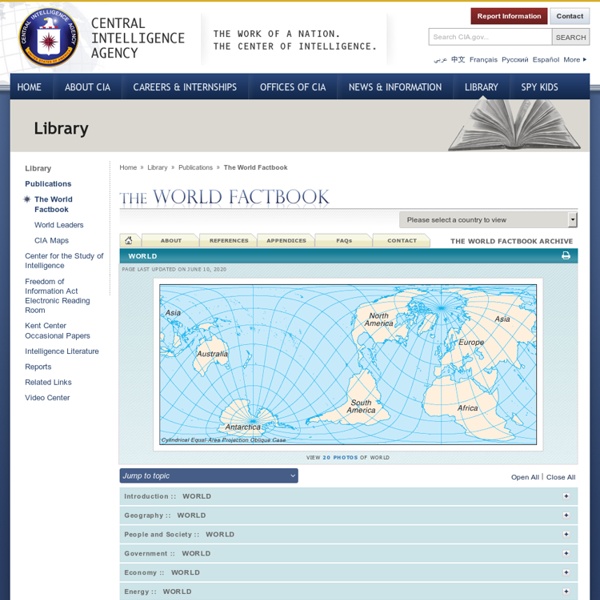Task
Perspective Monde
PRESENCINGBLOG.COM
Factors Affecting The International Business Cycle
MELS
Ministère de l'Éducation, du Loisir et du Sport Suivez-nous Suivez-nous sur Suivez-nous sur Partager Communiqués Mesure Maintien des bâtiments – Un investissement de 3,7 M$ dans les écoles de la circonscription de l'Acadie Mesure Maintien des bâtiments – Une aide financière de 8 186 460 $ est accordée à trois commissions scolaires du comté de Mont-Royal Les nouveaux locaux de l'école primaire Pie-XII inaugurés en présence de la députée Filomena Rotiroti YvesBolducMinistre Dossiers thématiques Références Cette semaine Mois de la culture à l’école Tournoi international de hockey pee-wee de Québec Jeux d'hiver du Canada 2015 Journées de la persévérance scolaire 2015 Tout le calendrier » Actualités Trouver une école Demander un diplôme ou un relevé This page in French only Closest related page in English Please note This section is in French only. To continue For more information, please refer to the Ministère's linguistic policy. Détection du zoom
The Soft Skills of Global Managers
While top performance usually is what gets global managers their international assignments, soft skills may be more important. An excerpt from Harvard Management Update. by Glenn Rifkin Despite nearly two decades of corporate globalization efforts, many organizations still struggle to find managers who are comfortable and effective in the increasingly global economy. Though a few insightful corporate giants such as General Electric, Cisco Systems, and Intel have made strides in developing successful global managers, many human resources leaders and senior executives continue to be frustrated with the available skills and resources. But why is it so difficult to develop effective global managers? But even so, there are steps companies and managers can take to better prepare for the challenges of managing globally. "Managing in a global environment means you manage people who are separated not only by time and distance but also by cultural, social, and language differences," says S.
Global growth to edge up in 2017: Article
Global growth is likely to strengthen this year but uncertainty over geopolitical issues across the globe, elections in various European countries, Brexit negotiations and Donald Trump as President of the United States, pose risks to growth. Have a look at what is expected for the developed economies & the emerging markets in 2017. Click the image to open full-size infographic Global economy suffers another lackluster year in 2016 Global economic growth remained soft in 2016 for numerous reasons which vary by region. Ultra loose monetary policy in an effort to support household consumption and business investment. Of the world’s richest countries, the U.S. economy is undoubtedly in the best position, even though growth has fallen to a new normal of about 1.5%. 2016 proved to be a less uncertain year for most emerging economies than had seemed likely. 2017 spotlight on China, Brexit and the EU, and Trump’s administration Date: January 5, 2017
eFront Learning: Royalty Free Music for eLearning
Recently a fellow member of the Instructional Design & E-Learning Professionals’ Group (14K+ of members) asked “If anyone know of where to find royalty free background music for training?“ As you can understand this question was the inspiration for the following list that contains Royalty Free Music websites for eLearning. Enjoy!=> I will very much appreciate if you share with the eLearning community a website that offers royalty free music for eLearning and is not in the following list. =>I will add your resource to the Top of the list with a link to your profile! Royalty Free Music Library is proud to offer one of the largest offerings of online broadcast-quality royalty free music anywhere on the web. Brainy Betty offers sound files that are perfect to insert into PowerPoint for many uses. LifeSounds works on the integration of music throughout the curriculum. Stock Music Boutique library offers high quality royalty-free production music.
The Economic History of the Last 2,000 Years in 1 Little Graph
Update: Read Part II and Part III That headline is a big promise. But here it is: The economic history of the world going back to Year 1 showing the major powers' share of world GDP, from a research letter written by Michael Cembalest, chairman of market and investment strategy at JP Morgan. I'm guessing that your first question, if you started scanning from the left, is: Wait, India was by far the biggest economy at the dawn of AD? In Year 1, India and China were home to one-third and one-quarter of the world's population, respectively. Before the Industrial Revolution, there wasn't really any such thing as lasting income growth from productivity. The industrial revolution(s) changed all that. (via Paul Kedrosky)
4 Pillars of Marketing Automation Success – Expert Guest Blog :: Zephyr 47 | Marketing Automation, Demand Generation, Content Marketing
Ed. Note: We are honored with the latest in our Zephyr 47 Expert Guest Blog series that delivers fantastic content on marketing automation, customer marketing, public relations, and content marketing. Josh Stailey is our latest contributor from The Pursuit Group and he delivers practical advice for organizations looking to to succeed with a marketing automation initiative. Josh Stailey is a founder and chief funnel strategist of The Pursuit Group, Inc., an Ohio-based company that provides turnkey Demand Generation services primarily for business-to-business enterprises. Additional content on this subject is available in our latest white paper here. The 4 Pillars to Marketing Automation Success The right foundation can make or break your marketing automation initiative. by Josh Stailey, The Pursuit Group, Inc. To say that marketing automation is a key initiative for many companies this year is an understatement. And that’s not good enough. The Four Pillars of Marketing Automation Success 1.



